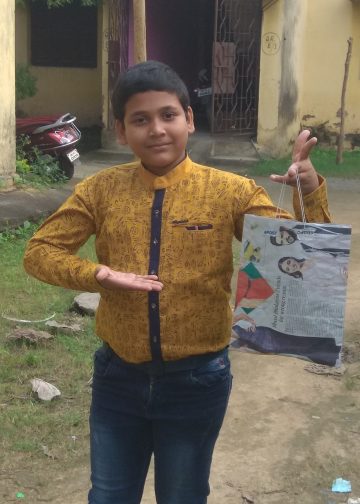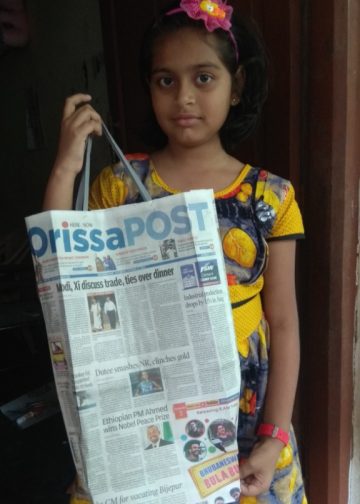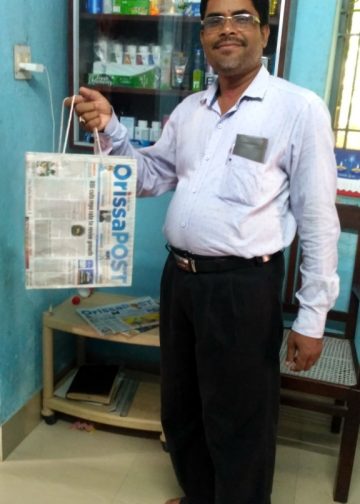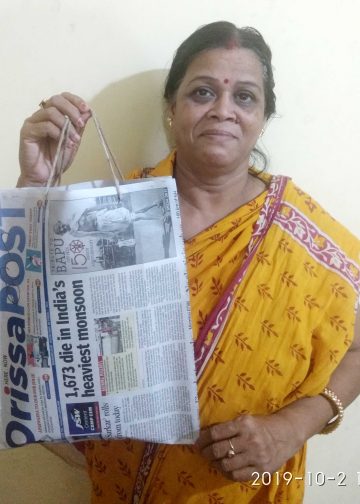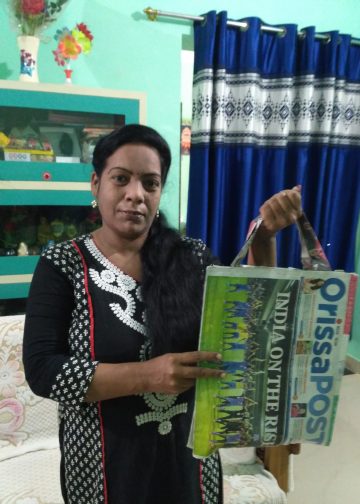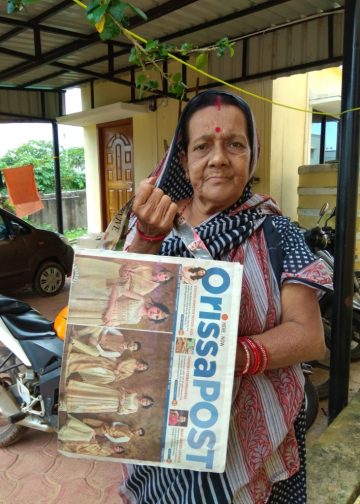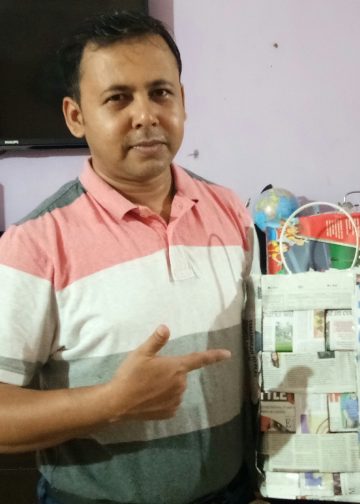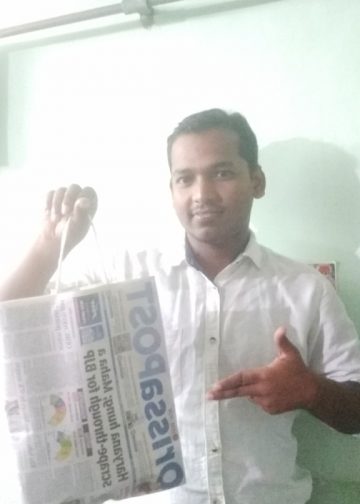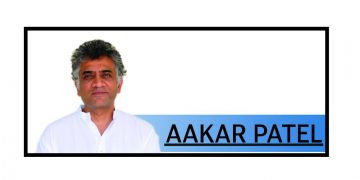PSM Rao
Successive governments of free India have undoubtedly been toiling to free farmers from the perils of crop loss and bondage of indebtedness resulting from it. Unfortunately, efforts in that direction still continue, which means measures in addressing the root causes of the farm crisis have failed. None of the crop insurance schemes, nor their revisions, though continuous, has yielded the desired results.
Now there are indications that the Prime Minister’s Fasal Bima Yojana (PMFBY), too, is to be revised. But no tinkering without learning from history would be of any use.
The history of crop insurance history goes back to 1915, when JS Chakravarthi, Finance Secretary of the princely state, Mysore, proposed a rain insurance scheme. Also, in the 1920s, some other princely states, Madras, Dewas and Baroda, experimented with crop insurance, though without much success.
The CAG Report 7 of 2017 has focused on the serious flaws in crop insurance scheme from 2011 to 2015-16. The most important of its findings was the insignificant crop insurance coverage
After Independence, in 1947 itself, the government commissioned a study after a discussion and demand in parliament for crop insurance. The first and foremost dilemma of the study group was on the mode of crop insurance: whether it should be an individual-based approach or the Homogenous area-based one?
The former method seeks to indemnify the individual farmer to the full extent of the losses. But its implementation requires the reliable and accurate data of crop yields of individual farmers.
The real issue was the fear of ‘moral hazard’, which simply means the fear of farmers making wrong claims if individual-based insurance mode is adopted.
The ‘area’ approach, on the other hand, comprised selecting a homogenous agroclimatic area as a crop insurance unit; farmers get benefit only if the entire area suffers losses under this model.
In the end, the study report recommended — and the government accepted — the ‘homogenous area’ approach. The government sent a model scheme to the state, which they did not accept due to their financial constraints.
The same fate meted out to the 1965 Crop Insurance Bill and another model scheme. The bill was vetted in 1970 by the Dr Dharm Narain Committee who opposed the feasibility of crop insurance in India.
However, at last, the first-ever Crop Insurance scheme came in 1972; it was an individual-based scheme. General Insurance Department of the LIC implemented it, limiting it only to H-4 cotton in Gujarat. Later, the newly set up General Insurance Corporation (GIC) added groundnut, wheat and potato and extended it to four more states: Andhra Pradesh, Maharashtra, Tamil Nadu, Karnataka and West Bengal. This experimental scheme continued up to 1978-79 and covered 3,110 farmers in all.
Against a premium of Rs 4.54 lakh, claims of Rs 37.88 lakh worth was paid. That means the claim amount was eight times greater than the premium collected; to be exact, the premium to claims ratio was 1:8.34. This was a good plea for the government to discard the individual approach.
In 1979, the GIC thus introduced Pilot Crop Insurance Scheme (PCIS), an area-based scheme as recommended by Prof VM Dandekar.
Later, several other schemes, including Comprehensive Crop Insurance Scheme (CCIS 1985), National Agriculture Insurance Scheme (NAIS 1999), Modified National Agriculture Insurance Scheme (MNAIS 2010), Weather Based Crop Insurance Scheme (WBCIS 2007), National Crop Insurance Programme (NCIP 2013) were experimented before introducing the PMFBY in 2016.
The CAG Report 7 of 2017 has focused on the serious flaws in crop insurance scheme from 2011 to 2015-16. The most important of its findings was the insignificant crop insurance coverage. During the five Kharif seasons in these five years, only between 14 and 22 per cent of total farmers were covered under insurance, which means 78 to 86 per cent were outside insurance protection. The small and marginal farmers’ case was worse, with only 5.75 to 13.32 per cent coverage, meaning 86.86 to 94.25 per cent of them were uninsured during the five Kharif seasons.
During the five Rabi seasons, 88 to 92 per cent of the total farmer and 94.38 to 97.28 per cent of small and marginal farmers did not have crop insurance coverage. This also means that those many people could not access bank credit; if they got loans they would have been compulsorily insured according to rules of the crop insurance scheme.
Other disturbing facts the CAG found were: i) two-thirds of the farmers surveyed by it did not even have the knowledge of crop insurance; ii) 97 per cent of the insured limited their insurance cover only to the extent of bank loan, although they were entitled to higher sums and iii) the insurance companies did not stick to the 45-day limit for settling the claims. The CAG observed abnormal delay, even up to 1,069 days, in the nine states it studied.
Another noteworthy failure is the neglect of tenants who account for 40 per cent of the actual farmers.
As for PMFBY, the government’s reply to an RTI question revealed that 11 insurance firms paid claims worth Rs 31,612.72 crore against the gross premiums of Rs 47,407.98 crore they had received in two years 2016-17 and 2017-18. Thus, they have reaped a whopping profit of Rs 15,795.26 crore from fasal bima. This means a payout of Rs 50 to insurance companies to every Rs 100 benefit to the farmer.
Now the government wants to bring in reforms but it has given no hint of reducing the role of private insurance. The actuarial private insurance can never alleviate woes of farmers.
What is needed is a scheme that makes public expenditure efficacious, which increases farmers’ incomes. A mechanism is needed to compensate farmers in the event of loss for any reason — crop failure, bad weather, pests or any other reason arising particularly from adverse market conditions. All this needs the governmental will and a vision to ensure the income and employment security of farmers and food security of the people.
The writer is a development economist and commentator on economic and social affairs. e-Mail: raopsmrao@gmail.com.









